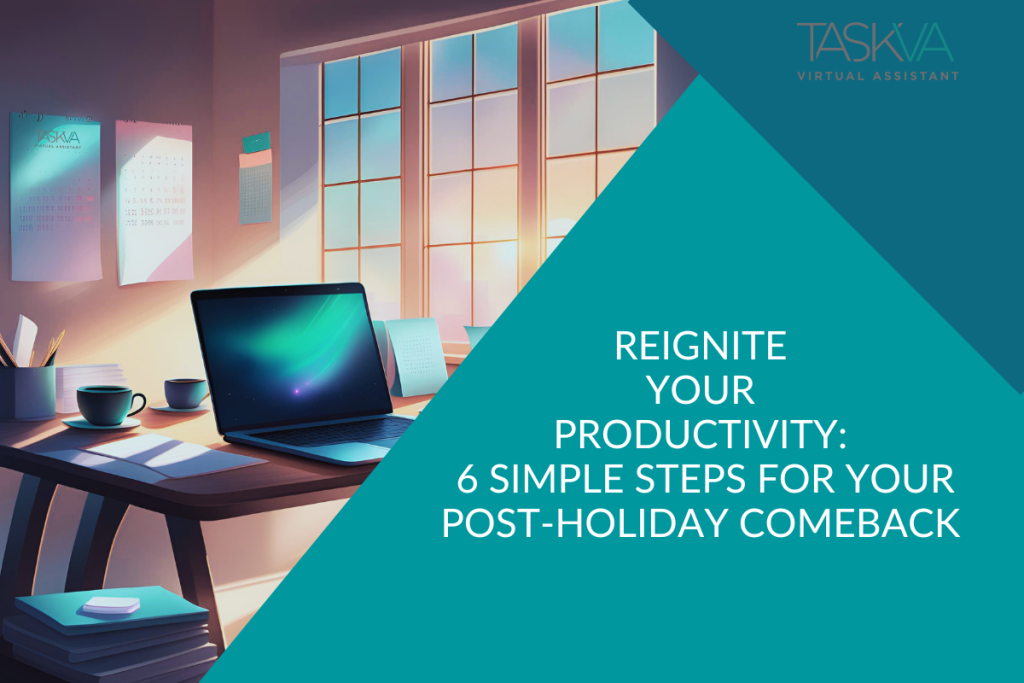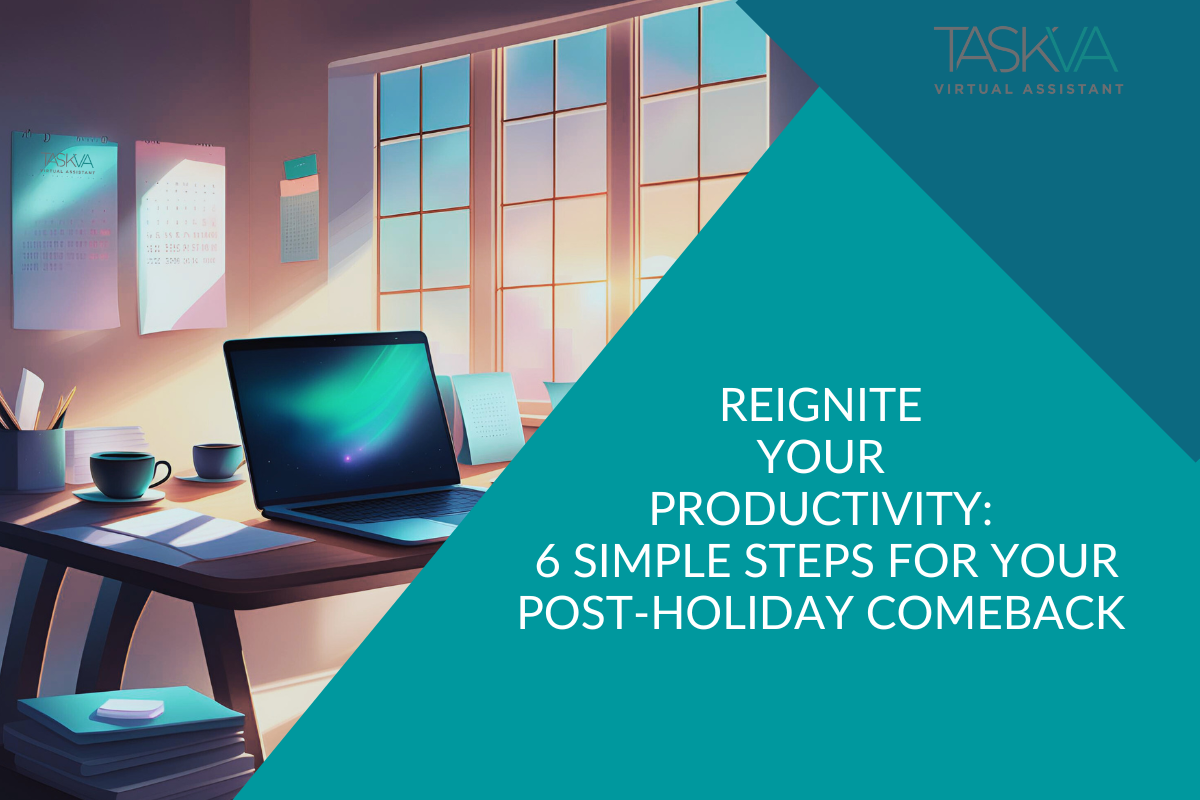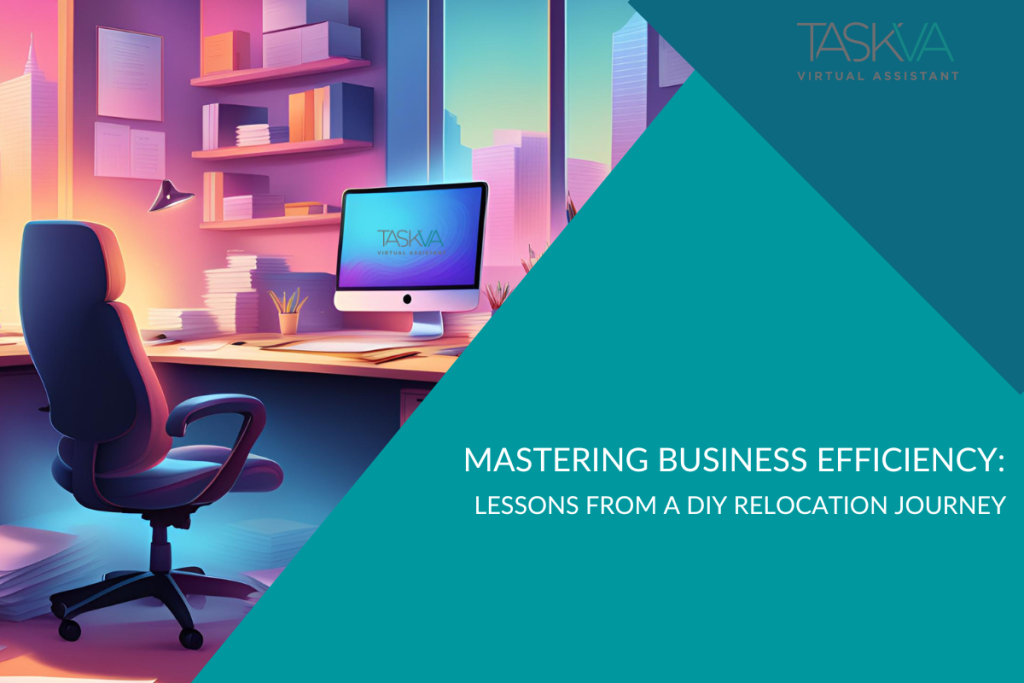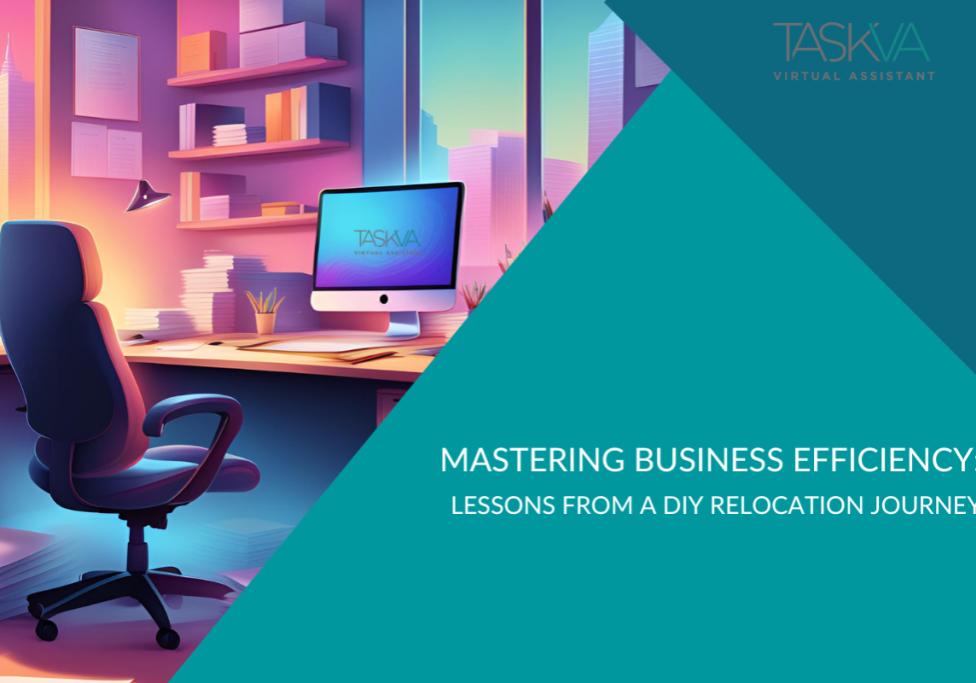Relocating to a new State can feel like navigating a maze. From the excitement of starting fresh to the challenge of settling into a new environment, the process is full of ups and downs. But did you know that the skills you use to organize your new home can also apply to running a business? That's right! As someone who's recently been through a major move and is in the process of renovating our new home, I've discovered that the same strategies for DIY home renovations can translate into practical tips for improving business efficiency. Let me share how the lessons learned from our recent relocation can help streamline your business operations and boost productivity.
Planning Ahead: The Blueprint for Success
When renovating a new home, the first step is always planning. You wouldn’t jump into tearing down walls without a clear vision of what you want. Similarly, effective business organization begins with a solid plan. Here's how to map out your business blueprint:
Set Clear Objectives
Just as you'd determine the goals of your home renovation (e.g., adding a new kitchen island or updating the bathroom), establish clear objectives for your business. What are your short-term and long-term goals? Are you aiming to increase revenue, streamline processes, or expand your team? By setting clear objectives, you can create a focused strategy that guides your decisions and actions.
Create a Step-by-Step Plan
Breaking down the project into manageable steps helps prevent overwhelm in home renovations. Apply the same principle to your business. Develop a detailed plan that outlines each phase of your project or initiative. For example, if you're implementing a new customer management system, outline the steps from researching options to training your team and integrating the system into your daily operations.
Budget Wisely
Budgeting is crucial whether you’re renovating a kitchen or launching a new marketing campaign. Allocate resources based on priority and need. Be realistic about what you can afford and plan for unexpected expenses. A well-managed budget helps you stay on track and avoid financial stress.
Organizing Resources: From Tools to Teams
Having the right tools and materials is essential for home renovation. The same applies to your business. Organize your resources effectively to maximize efficiency.
Optimize Your Workspace
Just as you'd arrange your tools and materials in a home renovation project for easy access, ensure your workspace is organized. A clutter-free environment promotes productivity and reduces stress. Invest in ergonomic furniture, organize documents digitally, and declutter regularly to create a more efficient workspace.
Utilize Technology
During our move, technology played a crucial role in managing logistics. Similarly, leveraging technology in your business can streamline operations. Use project management software such as ClickUp to track tasks, collaborate with your team, and set deadlines. Implementing automation tools can also help with repetitive tasks, freeing up time for more strategic work.
Build a Strong Team
Just as a renovation requires a skilled team (contractors, electricians, plumbers), your business needs a capable team to function efficiently. Hire individuals with the right skills and expertise. Invest in their development and foster a collaborative work environment. A well-coordinated team can tackle challenges more effectively and drive your business forward.
Time Management: Scheduling and Execution
Efficient time management is crucial both in home renovations and in running a business. Here’s how to keep things on schedule:
Develop a Timeline
In our recent move, creating a timeline was key to staying organized. For your business, develop a realistic timeline for projects and tasks. Use Gantt charts or project management tools to visualize deadlines and track progress. Be sure to build in some flexibility for unexpected delays or changes.
Prioritize Tasks
Just as you’d prioritize which rooms to renovate first, prioritize tasks in your business. Identify high-impact tasks that contribute most to your goals and tackle those first. Use techniques like the Eisenhower Matrix to categorize tasks by urgency and importance, ensuring that critical tasks receive the attention they deserve.
Avoid Procrastination
Procrastination can derail both home renovations and business projects. To combat this, set specific deadlines and stick to them. Break tasks into smaller, manageable chunks to avoid feeling overwhelmed. Celebrate small wins along the way to stay motivated and maintain momentum.
Problem Solving: Navigating Challenges
Challenges are inevitable whether you’re dealing with a renovation setback or a business hurdle. How you handle these challenges can make or break your success.
Adapt and Adjust
During our move, we encountered unexpected issues, like a delayed flooring delivery. Similarly, in business, being flexible and ready to adapt to changes is crucial. If something doesn’t go as planned, reassess your strategy and make necessary adjustments. Being open to change can turn potential setbacks into opportunities for growth.
Learn from Mistakes
Mistakes are part of any renovation project. The key is to learn from them and apply those lessons to future projects. The same goes for your business. Analyze what went wrong, identify the root causes, and implement changes to prevent similar issues in the future. Embracing a growth mindset will help you continuously improve and avoid repeating mistakes.
Seek Help When Needed
Sometimes, tackling a renovation project requires professional assistance. Likewise, don’t hesitate to seek help in your business. Whether it’s consulting with an expert, hiring a mentor, or bringing in additional resources, reaching out for support can provide valuable insights and solutions to complex problems.
Continuous Improvement: Fine-Tuning for Success
Once a renovation is complete, it’s important to review the results and make any necessary adjustments. The same approach applies to your business.
Evaluate Performance
After completing a project or implementing a new process, evaluate its performance. Are you achieving the results you anticipated? Are there areas that need improvement? Regularly reviewing performance metrics helps you identify successes and areas for enhancement.
Solicit Feedback
Feedback from family or friends can provide valuable perspectives on home renovations. In business, seek feedback from clients, team members, and stakeholders. Their insights can help you understand what’s working well and what needs adjustment. Use this feedback to refine your strategies and improve overall efficiency.
Embrace Innovation
Just as home design trends evolve, business practices do, too. Stay informed about new tools, technologies, and methodologies that can enhance your efficiency. Embracing innovation ensures that your business remains competitive and adaptable to changing market conditions.
When you break it down, it’s easy to see how running a business efficiently is much like managing a successful home renovation. Both require careful planning, effective organization, time management, problem-solving, and a commitment to continuous improvement. By applying the lessons learned from our recent relocation to your business, you can create a streamlined operation that fosters productivity and growth.
Embrace these strategies, and you'll find that organizing your business can be as rewarding as transforming a new home into a well-oiled machine. Here’s to a more efficient and organized business!

















